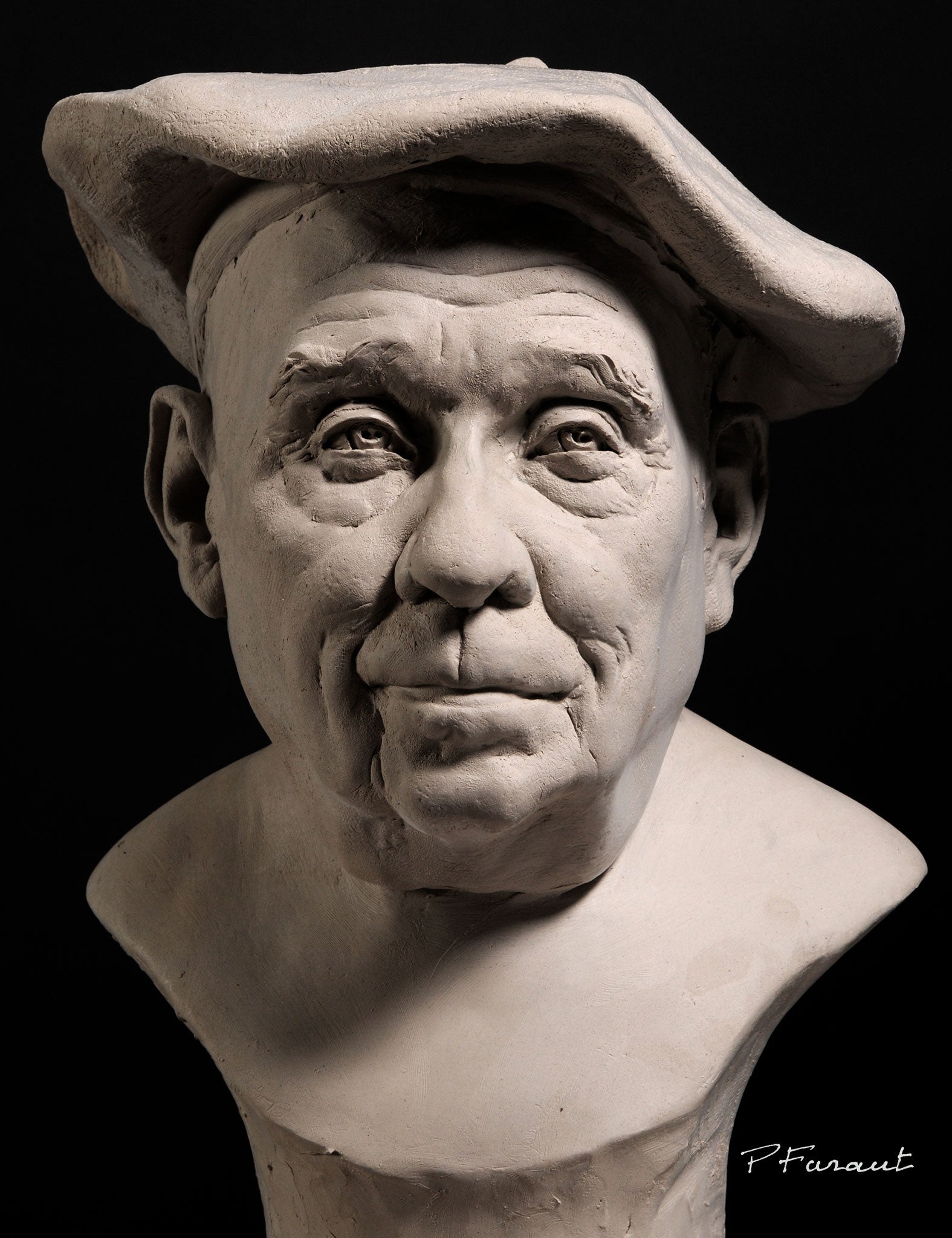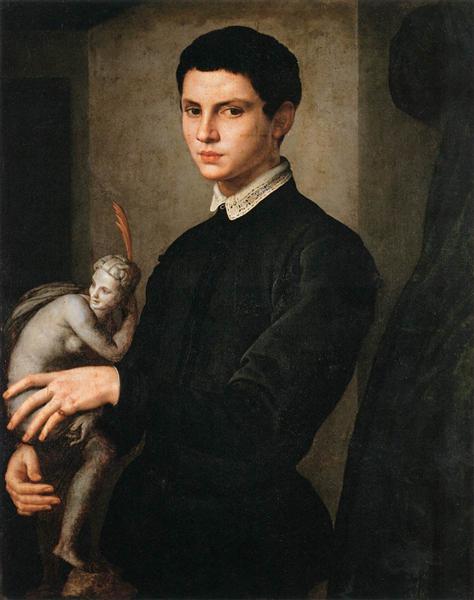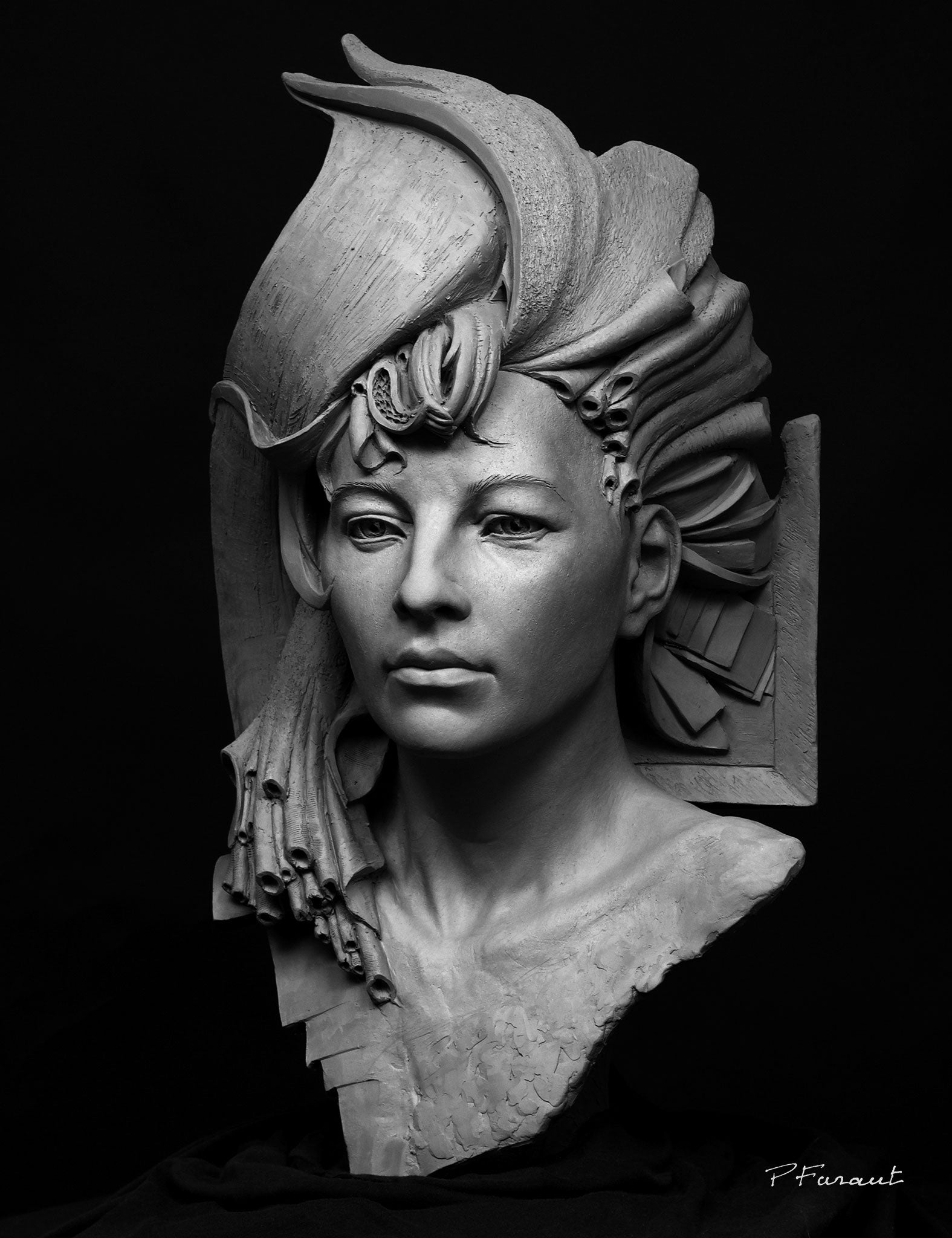Contemporary Marvels: Dive into the Globe of Contemporary Sculptures
Wiki Article
The Evolution of Sculptures: From Old to Modern
The Evolution of Sculptures: From Old to Modern. Portrait Sculptor.Sculpture, one of the earliest kinds of art, has been an essential part of human civilization for centuries. From the old civilizations of Egypt and Greece to the modern-day era, sculptures have actually evolved, reflecting changes in creative methods, materials, and social influences. This trip through time traces the growth of sculptures, discovering the shifts in design, subject issue, and artistic expression.
Starting with the ancient world, sculptures crafted from rock and later bronze captured the essence of deities, rulers, and everyday life. The Renaissance duration observed a revival of classic sculpting methods, as artists looked for to mimic the stylish forms of ancient Greek and Roman sculptures (Portrait Sculptor). In the contemporary age, musicians tested typical borders, accepting abstraction and testing with brand-new products
This exploration will certainly delve right into the diverse evolution of sculptures, revealing the abundant tapestry of imaginative expression throughout various durations and societies.

Old Sculptures: From Stone to Bronze
Old sculptures transitioned from being sculpted out of rock to being cast in bronze. This change marked a significant development in the art of sculpture, permitting higher improvement and detail in the ended up works. Stone sculptures, while remarkable in their very own right, were limited by the nature of the material. Stone called for extensive forming and carving, usually resulting in a much more simplified representation of the subject.The introduction of bronze as a medium for sculptures produced a revolution in imaginative expression. Bronze provided carvers the opportunity to produce lifelike and elaborate types that were not feasible with rock. The process of casting bronze enabled the creation of several duplicates of a sculpture, allowing wider circulation and preservation of these artistic work of arts.
The transition from rock to bronze also saw a shift in the subject of sculptures. While stone sculptures mainly depicted gods, sirens, and mythological figures, bronze sculptures started to show a broader variety of topics, consisting of day-to-day individuals and animals. This expansion of topic showcased the convenience and versatility of the bronze tool.
Renaissance Rebirth: Sculpting in the Timeless Style
The Renaissance revival of sculpture experienced a rebirth in the classic style, building upon the improvements made during the transition from stone to bronze in ancient sculptures. During this period, artists sought to recreate the classical visual and ideals of elegance that were widespread in ancient Greek and Roman sculptures.Among the essential qualities of the Renaissance resurgence was the emphasis on naturalism and the human form. Sculptors like Donatello and Michelangelo strove to catch the physiological details and expressions of their topics with unprecedented precision. They examined the body and incorporated their monitorings into their sculptures, leading to reasonable and lifelike representations.
Another essential element of the Renaissance resurgence was the exploration of viewpoint and depth. Musicians utilized methods such as contrapposto, where the weight of the body is changed to one side, creating a sense of activity and dynamism. They also try out various materials, including marble and bronze, to attain a degree of sophistication and complexity in their sculptures.

Modernism and the Avant-Garde: Breaking Typical Boundaries
During the Innovation and Avant-Garde movements, sculptors pressed the boundaries of standard artistic conventions. This period, which arised in the late 19th and early 20th centuries, saw a significant shift in the way artists came close to sculpture. Declining the notion of art as mere replica, modernist carvers looked for to check out brand-new kinds, products, and principles.
One of the essential attributes of modernist sculpture was the emphasis on abstraction. Sculptors moved far from realistic depictions and rather concentrated on capturing the essence of the topic via simplified kinds and geometric shapes. This separation from typical depiction permitted musicians to express their feelings and ideas in a much more personal and subjective way.

Contemporary Sculptures: Exploring New Products and Concepts
With a concentrate on discovering brand-new materials and ideas, modern sculptures have changed the field of art. Artists today are pressing the limits of conventional sculpture by using ingenious materials and experimenting with abstract principles. These sculptures test conventional notions of materiality, meaning, and form, welcoming visitors to engage in a thought-provoking and new creative experience.Contemporary carvers are welcoming a large range of products, including plastic, glass, metal, and even raw material. They are not limited to the conventional tool of stone or clay, enabling for greater flexibility of expression and trial and error. This shift towards unusual materials has opened up new opportunities for artists to create sculptures that are dynamic, interactive, and aesthetically striking.
Along with exploring brand-new products, contemporary sculptures also look into facility and abstract ideas. Artists are now checking out styles such as identity, social problems, and the environment, using sculpture as an effective medium for moved here social commentary and self-contemplation. These sculptures challenge viewers to assume seriously and involve with art on a deeper level, sparking conversations and provoking psychological actions.
Worldwide Influences: Sculptural Traditions From Around the Globe
Sculptural traditions from different areas of the globe have actually substantially formed the evolution of sculptures throughout history. The global impacts on sculpture have been varied and have actually added to the richness and range of creative expressions. From the old people of Egypt, Greece, and Rome to the detailed makings of Eastern societies, each region has actually created its special sculptural practices that have influenced artists across time.In old Egypt, sculptures were developed largely for religious and funerary functions. The legendary sculptures of pharaohs and gods, such as the Great Sphinx and the breast of Queen Nefertiti, display the Egyptians' proficiency of rock sculpting and their belief in the afterlife.

In old Rome, sculpture served both imaginative and political functions. Roman sculptures usually depicted emperors, generals, and mythological figures, reflecting the power and magnificence of the realm. The marble sculpture of Augustus of Prima Porta and the significant Arch of Constantine are noteworthy instances of Roman sculptural success.
Asian sculptural customs, particularly in India, China, and Japan, have also had an extensive impact on the advancement of sculptures. Indian sculptures, such as the elaborately carved holy places of Khajuraho and the colossal sculptures of Buddha, exhibit an abundant fusion of religious, mythical, and building elements. Chinese sculptures, characterized by their fine workmanship and attention to information, typically represent deities, pets, and epic numbers. Japanese sculptures, influenced by Buddhism, emphasize simpleness and harmony, seen in the tranquil statues of Buddha and the stylish art of bonsai.
The international influences on sculpture proceed to evolve in the modern age. As we look to the future, it is particular that the international influences on sculpture will proceed to form and redefine this ancient art type.
Final Thought
In verdict, the development of sculptures has actually seen a shift from ancient rock and bronze works to the timeless revival during the Renaissance. Today, modern sculptures check out brand-new materials and principles, while additionally attracting motivation from global sculptural customs.From the ancient people of Egypt and Greece to the contemporary age, sculptures have actually evolved, showing changes in creative techniques, materials, and social influences.Beginning with the old globe, sculptures crafted from rock and later on bronze captured the essence of divine beings, rulers, and everyday life.Old sculptures transitioned from being sculpted out of stone to being cast in bronze. While stone sculptures primarily shown gods, sirens, and mythological figures, bronze sculptures began to mirror a broader array of subjects, including day-to-day people and animals.In verdict, the evolution of sculptures has seen a shift from old stone and bronze functions to the classical revival throughout the Renaissance.
Report this wiki page